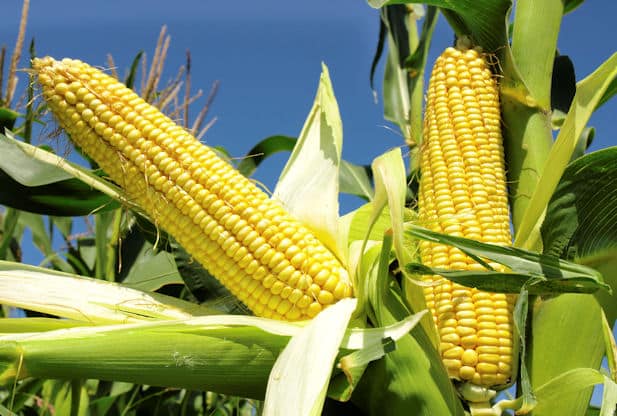



Article by: Hari Yellina
After confirmed sightings in three-week old plants at Bonville south of Coffs Harbour last week, corn growers in the state’s north are bracing for a second season with Fall Army Worm. The latest appearance follows complaints of the invasive grub at Croppa Creek and Cudgen from the Local Land Services. FAW hasn’t been proven in Nowra, but agronomist Matt Thompson believes it’s plausible, given the pattern of the damage in immature corn. Mr Thompson also assists dairy farmers such as the Bake family of Crossmaglen, who managed their maize crop for heliothis grub last year by closely monitoring it. FAW was confirmed in their young corn crop last week, and now it’s “game on.”
“This will be a work in progress,” said Jason Bake, whose daughter Hannah assists with early monitoring of grub levels and beneficial insect numbers. LLS biosecurity personnel also keep an eye on pheromone traps for FAW moths. Mr Bake will employ soft chemistry, such as Fawligen – a biological spray just licenced for use in Australia – to surround his paddocks, and will use it this week as the ground dries out following the recent train. The next step will be to release Trichogramma wasps into the corn when it is waist-high, giving the beneficial bug plenty of plant covers to hide in. FAW, on the other hand, will be deep in the corn whorl and much more difficult to regulate at that point.
The insect has continued to reproduce all winter in Queensland’s Fassifern Valley, west of Brisbane, and sweet corn growers like Angus Stainlay, previously of Murwillumbah, are trying to work smarter rather than harder. “The Fall Army Worm is quite difficult when it comes to sweet corn,” he explained. This is because they’re a pest that breeds quickly. These creatures deposit 50 eggs, while Heliothis only lays one. Therefore, this is a completely different animal altogether. By comparison, Heliothis is a piece of cake. Mr. Stainlay explained that spraying at the right time and keeping track of grub counts were also crucial. Some of these sprays you can only use three times in a season so it is easy to run out of options when you’re going weekly. High water rates when spraying – 800 to 1000 litres per hectare – makes for slow coverage but allows the chemistry to penetrate deep into the plant.